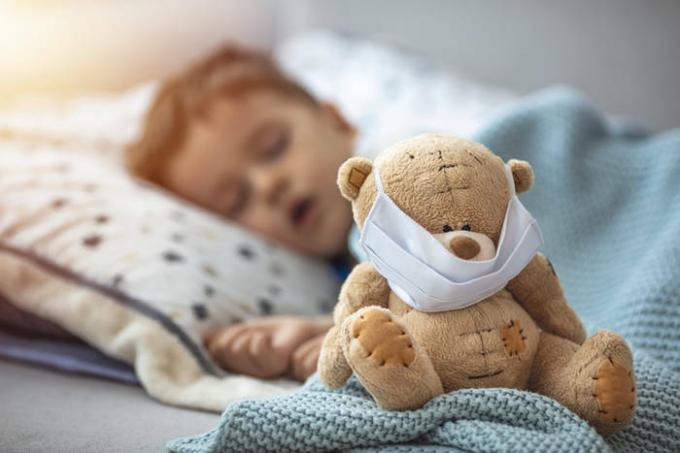If a fever appears, but there are no other symptoms - should parents worry?
However, the temperature is most often a sign of one of the diseases.
Temperature 39:
- urinary tract infection
- pyelonephritis
- pneumonia
- roseola (a rash appears after 3 days of fever)

Temperature 37-38:
- ARVI
- autoimmune diseases
- oncological diseases
- tuberculosis
- allergy
- anemia
- worms
- diabetes
- teething
- diseases of the brain and central nervous system
- overheat
- stress
- reaction to vaccination.

What should parents do with such a range of possible diagnoses?
1. Do not panic and carefully monitor the child's condition and possible other symptoms.
2. If after 3 days the temperature still rises, consult a doctor.3. If the temperature cannot be brought down to the normal standard dosage of antipyretic, urgently consult a doctor.
4. Do not give antibiotics "just in case." If a child develops a serious illness, such "prevention" can significantly harm him.
You will also be interested to read:
- Dangerous mistakes of parents at a high temperature in a child
- The most frequent questions to the pediatrician and the answers to them
- 4 childhood illnesses that are easy to miss

